Sell My Old Toys
We Buy Toys
We buy your old toys, offering a free, tracked, and insured home collection service through Parcelforce for a secure and convenient selling experience.
Our antique experts have a passion for all kinds of vintage toys, no matter their condition. From action figures and dolls to games and stuffed animals, we value the charm and nostalgia of each piece. Start selling your vintage toys today and turn them into cash effortlessly.
Three Simple Steps to Sell Your Old Items For Cash…
Order it
Request your FREE Postage Pack and start packing your old items.
Send it
Send your unwanted items FREE from a local Post Office.
Get paid!
Accept your offer and get paid within 24 hours via bank transfer.
We Buy Your Old Toys
Are any of these other items in your home?
From vintage treasures to everyday household objects, we make it easy to turn your unwanted items into cash.
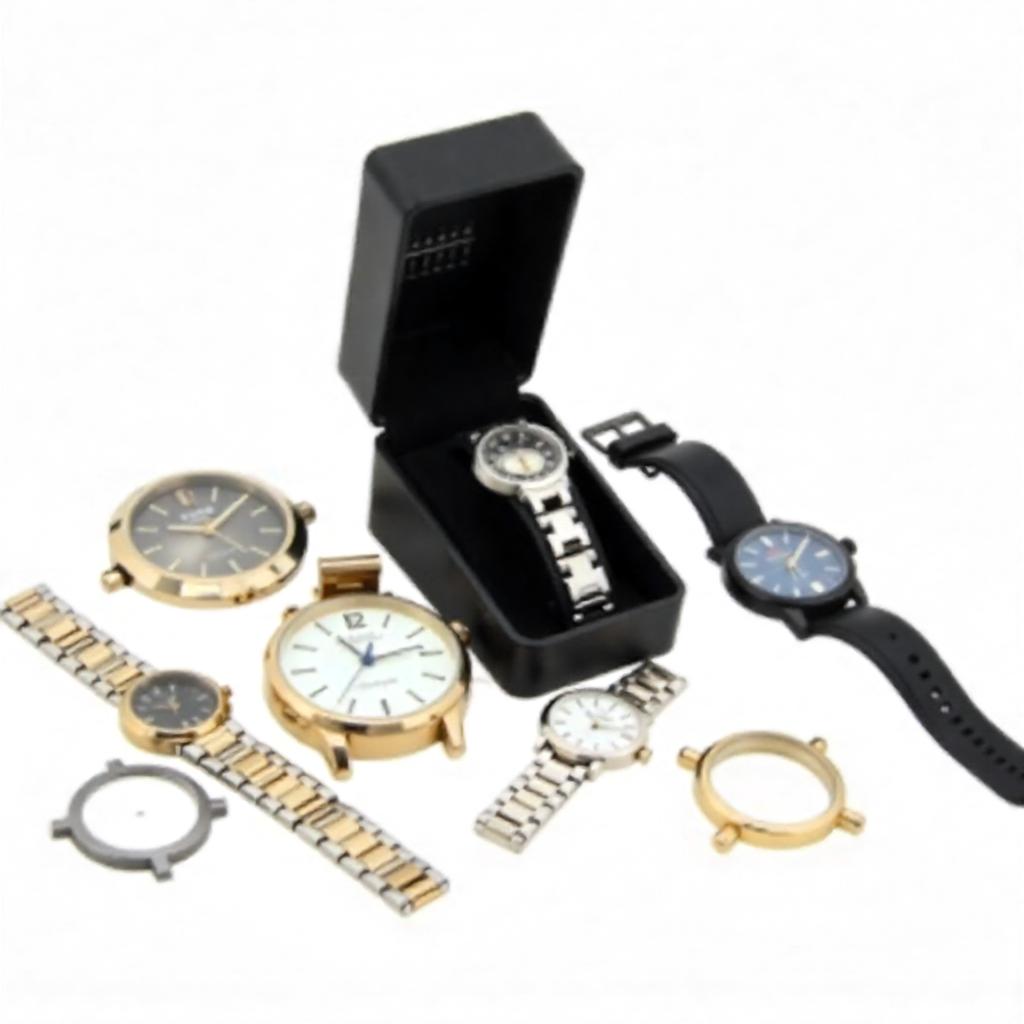
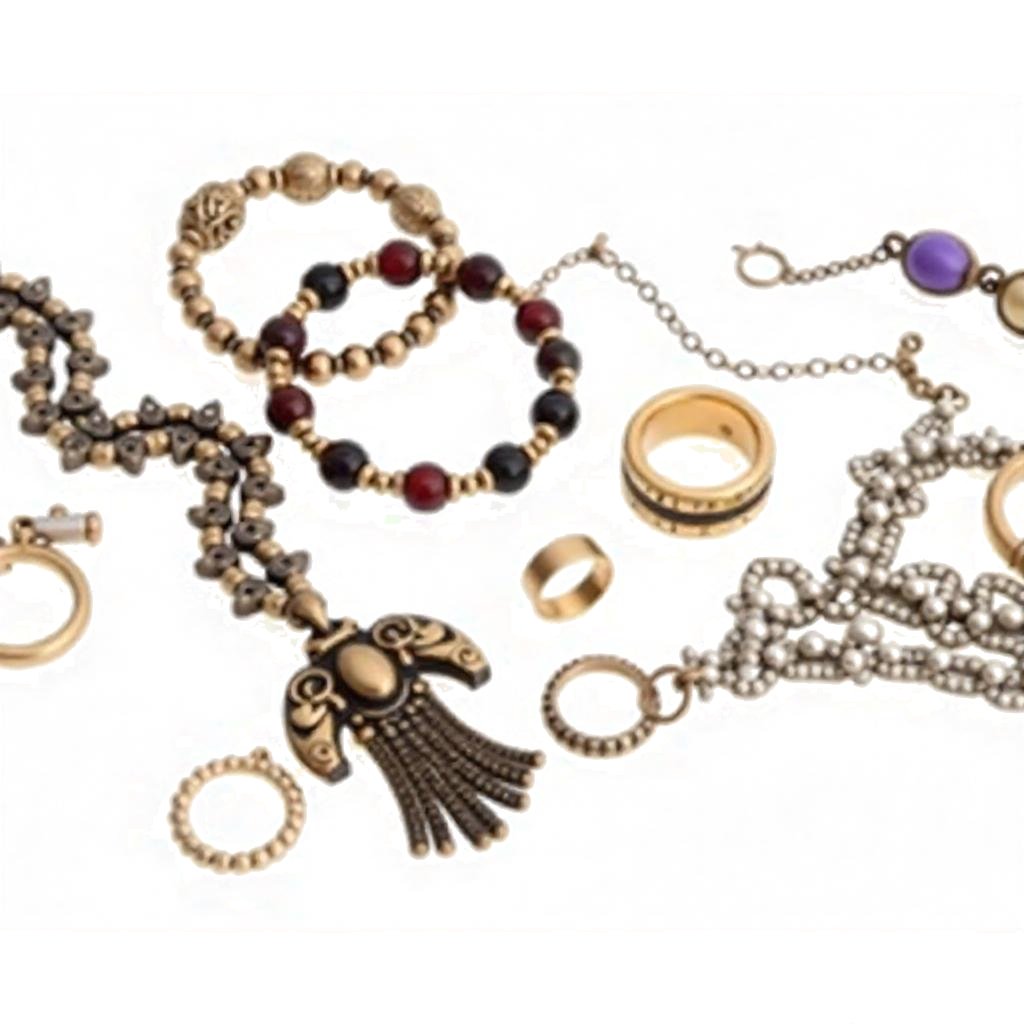
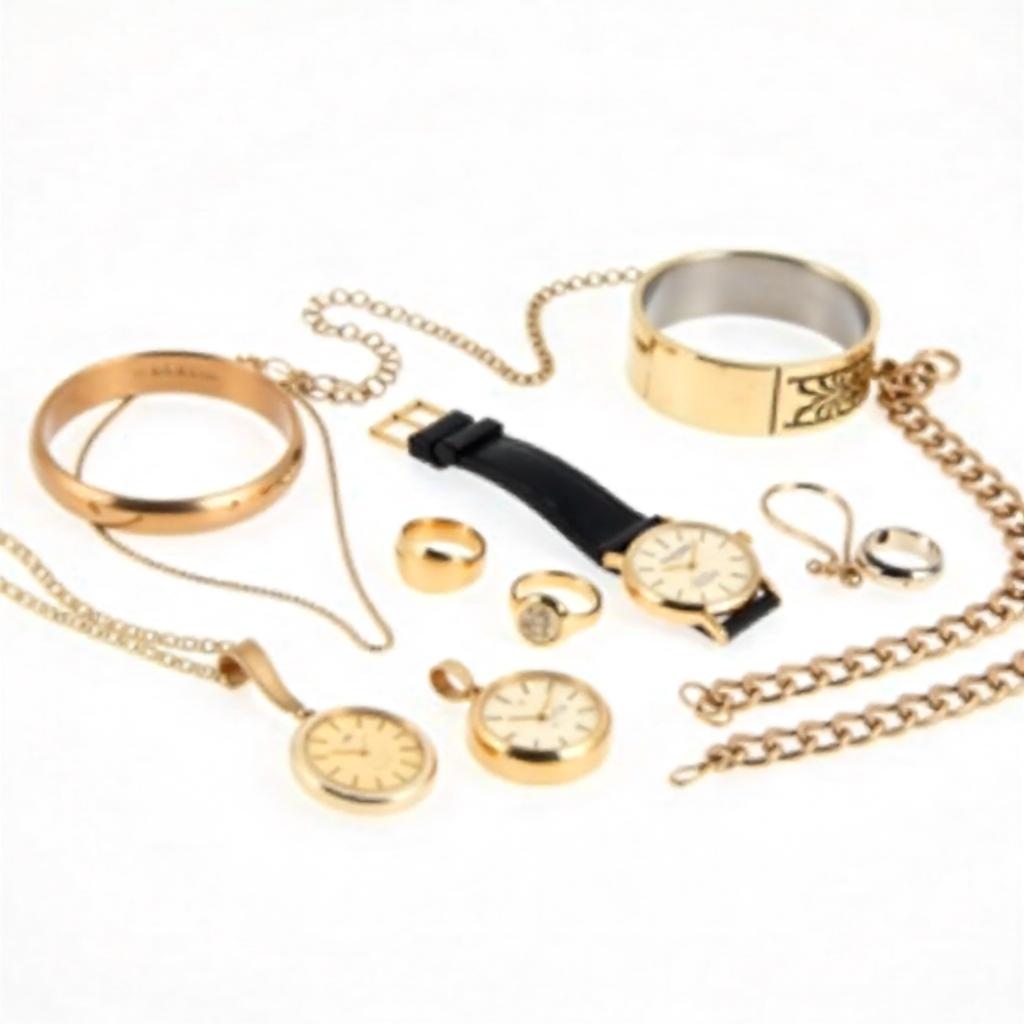
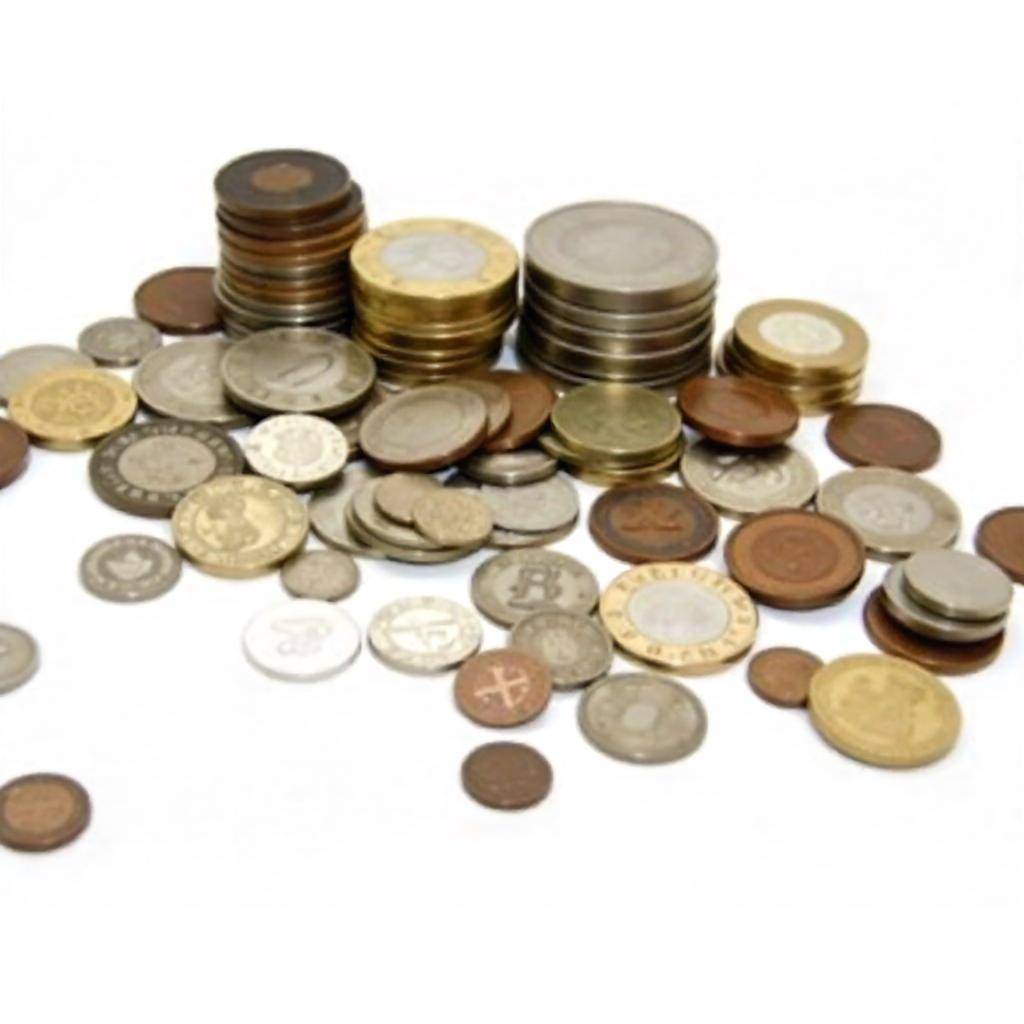
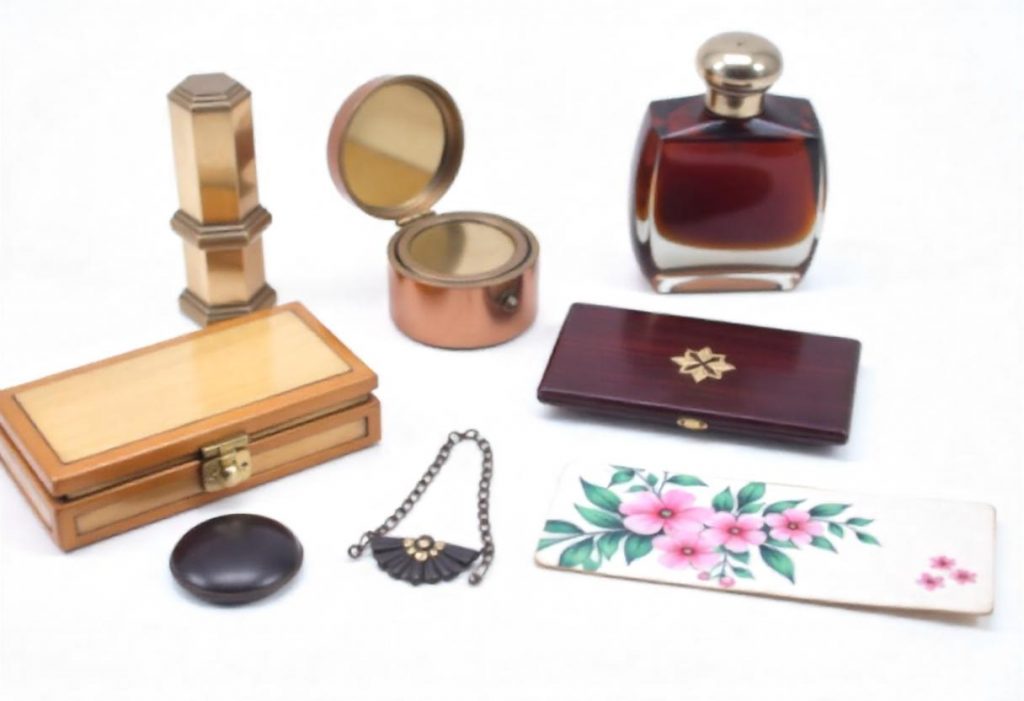
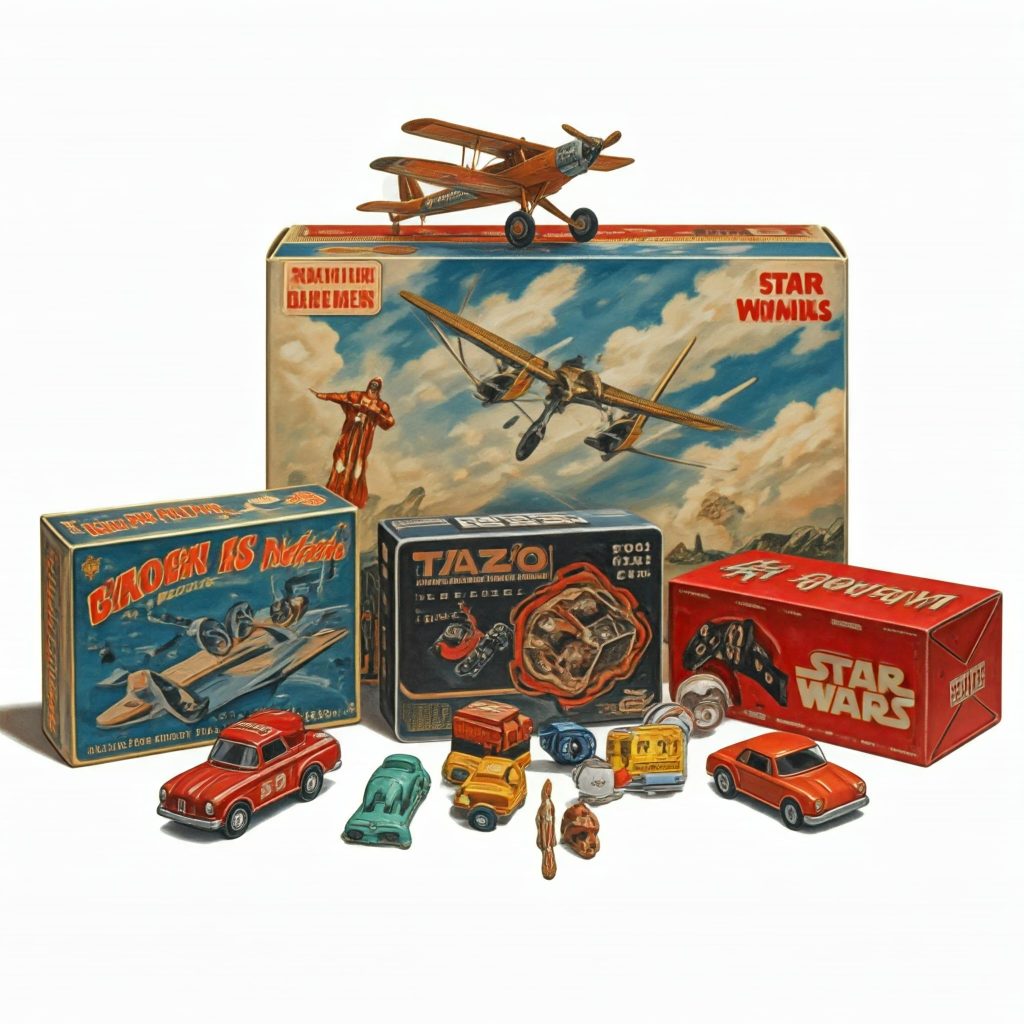
Ready to get started?
Start Selling Your Vintage Items Today
Click below to order your free postage pack and start turning your old and unwanted items into cash.
Looking to sell your vintage toys? We’re interested in a wide range of collectible toys, including:
Corgi Toys
Corgi Toys, a renowned brand of die-cast toy vehicles, was established in 1956 by Mettoy Company in Swansea, Wales. Known for their innovative “windows” feature, Corgi Toys quickly became a formidable competitor to Dinky Toys. The brand produced a wide range of models, including cars, trucks, and character vehicles from popular films and television series. Corgi’s attention to detail and quality made their toys highly collectible. The company faced financial difficulties in the 1980s but was revived and later acquired by Hornby in 2008. Today, Corgi continues to produce detailed die-cast models, appealing to both children and adult collectors with their blend of nostalgia and craftsmanship.
Corgi Vehicles
Corgi Vehicles encompass a diverse range of die-cast models, reflecting the brand’s commitment to replicating real-world automobiles and fictional vehicles. The collection includes classic cars, modern vehicles, commercial trucks, and public service vehicles like police cars and fire engines. Corgi is particularly renowned for its movie and TV tie-ins, with iconic models such as James Bond’s Aston Martin DB5 and the Batmobile. The vehicles are known for their high level of detail, including opening doors, bonnets, and working features. Corgi’s range also extends to military vehicles, aircraft, and buses, catering to various collector interests. The brand continues to release new models, balancing nostalgia with contemporary designs.
Diecast Cars
Diecast cars are miniature vehicle replicas manufactured by injecting molten metal into a mould. These collectibles are prized for their durability, detail, and accuracy. Typically made from zinc alloy, diecast cars come in various scales, with 1:18, 1:43, and 1:64 being popular choices. Manufacturers like Corgi, Dinky, and Hot Wheels have contributed significantly to the hobby’s popularity. Diecast cars often feature opening doors, bonnets, and functioning suspension systems, enhancing their realism. They cover a wide range of vehicles, from vintage classics to modern supercars and movie-themed models. Collectors value rare editions, limited runs, and models with historical significance, making diecast cars a thriving market for enthusiasts and investors alike.
Hasbro Toys
Hasbro, a multinational toy and board game company, has been a dominant force in the toy industry since its founding in 1923. Known for creating and acquiring popular toy lines, Hasbro’s portfolio includes iconic brands such as Transformers, My Little Pony, Nerf, and Play-Doh. The company has successfully adapted many of its properties into multimedia franchises, including television shows, movies, and video games. Hasbro also owns several beloved board game brands, including Monopoly, Scrabble, and Clue. With a focus on innovation and storytelling, Hasbro continues to develop new toy concepts while maintaining classic favourites. Their products cater to various age groups, from preschoolers to adult collectors, ensuring a wide appeal in the global toy market.
Peg Dolls
Peg dolls, also known as Dutch dolls or Waldorf dolls, are simple wooden figurines with a distinctive peg-shaped body. These charming toys have been popular for centuries, originating in Germany and the Netherlands. Traditionally handcrafted from wood, peg dolls are characterised by their minimalist design, often featuring a round head atop a cylindrical body. While basic versions remain unpainted, many peg dolls are decorated with faces, clothing, and accessories using paint or fabric. Their simplicity encourages imaginative play and makes them ideal for storytelling activities. Peg dolls are also popular in crafting, used in various DIY projects and as cake toppers. Their eco-friendly nature and timeless appeal have led to a resurgence in popularity among parents seeking traditional, sustainable toys.
Tin Plate Trains
Tin plate trains, popular from the late 19th to mid-20th century, represent a nostalgic era of toy manufacturing. These model trains were crafted from thin, printed sheets of tin or steel, often lithographed with colourful designs. Known for their durability and affordability, tin plate trains were a staple in many households. Manufacturers like Märklin, Bing, and Hornby produced extensive ranges, including locomotives, carriages, and accessories. The trains typically ran on clockwork mechanisms or early electric motors. While less detailed than modern plastic models, tin plate trains charm collectors with their vintage aesthetics and historical significance. Many enthusiasts appreciate the craftsmanship involved in their production, as well as the glimpse they provide into past toy-making techniques and railway designs.
Tin Toys
Tin toys, popular from the 19th century until the 1950s, are collectible playthings made primarily from lithographed tin plate. These toys were often brightly coloured and featured moving parts, making them both visually appealing and interactive. Common themes included vehicles, animals, and characters from popular culture. Manufacturers like German companies Lehmann and Schuco, and Japanese firms like Bandai, produced a wide variety of tin toys. Many were wind-up or friction-powered, adding to their charm. The advent of plastic in toy manufacturing led to a decline in tin toy production, but they remain highly sought after by collectors. Vintage tin toys are valued for their historical significance, craftsmanship, and the nostalgic connection they provide to past eras.
Train Sets
Train sets have been a beloved toy and hobby for generations, offering a miniature world of railways for enthusiasts of all ages. These sets typically include track pieces, locomotives, carriages, and various accessories such as buildings, figures, and landscapes. Modern train sets come in different scales, with popular sizes including HO, N, and O gauge. They can be powered by electricity or battery, with some high-end models featuring digital control systems. Train sets allow for creative layout design and scenery building, making them a versatile hobby. Many enthusiasts expand their collections over time, adding new locomotives, rolling stock, and scenic elements. Train sets not only provide entertainment but also serve as educational tools, teaching about geography, engineering, and history.
Vintage Action Figures
Vintage action figures, popular from the 1960s to the 1980s, represent a golden age of toy manufacturing and character merchandising. These articulated figurines, typically 3 to 12 inches tall, were often based on characters from comics, TV shows, and movies. Notable lines include Hasbro’s G.I. Joe, Kenner’s Star Wars figures, and Mattel’s Masters of the Universe. Vintage action figures were usually made of plastic with painted details and came with accessories and vehicles. Many featured innovative features for their time, such as kung-fu grip or removable clothing. Today, these figures are highly sought after by collectors, with rare or mint condition examples commanding high prices. Their appeal lies in nostalgia, historical significance, and the artistry of their design and packaging.
Vintage Action Man Figures
Vintage Action Man figures, introduced in the UK in 1966 by Palitoy, were the British counterpart to America’s G.I. Joe. These 12-inch articulated figures revolutionised boys’ toys, offering a more realistic and versatile alternative to traditional toy soldiers. Action Man came with a variety of outfits and accessories, allowing children to create diverse scenarios from military operations to adventure sports. Early figures featured painted hair and eyes, later replaced by flocked hair and movable eyes. The range expanded to include vehicles, playsets, and themed figures like footballers and astronauts. Action Man’s popularity peaked in the 1970s, with production continuing until the mid-1980s. Today, vintage Action Man figures and accessories are highly collectible, prized for their quality, variety, and the nostalgia they evoke.
Vintage Bassett-Lowke Toys
Bassett-Lowke, a British toy company founded in 1899, was renowned for its high-quality model railways and ships. The company specialised in producing accurate, scale models that appealed to both children and adult enthusiasts. Bassett-Lowke’s range included detailed locomotives, rolling stock, and accessories in various scales, with 0 gauge being particularly popular. They also crafted exquisite model ships, from ocean liners to warships. The company was known for its catalogues, which became reference materials for collectors. Bassett-Lowke collaborated with leading designers and engineers, ensuring their products were at the forefront of model-making technology. Although the original company ceased production in the 1960s, vintage Bassett-Lowke toys remain highly sought after by collectors, valued for their craftsmanship, historical accuracy, and significance in the development of the model railway hobby.
Vintage Chess Sets
Vintage chess sets are prized collectibles that combine artistic craftsmanship with the timeless appeal of the game. These sets, dating from the 19th and early 20th centuries, often feature intricate designs and high-quality materials. Common materials include wood, ivory, bone, and various metals. Many vintage sets reflect the artistic movements of their time, such as Art Deco or Victorian styles. Some notable varieties include the Staunton pattern, introduced in 1849, which became the standard for tournament play. Travel sets, often in compact folding cases, were also popular. Collectors value sets for their historical significance, rarity, and aesthetic appeal. Vintage chess sets can range from simple wooden designs to elaborate themed sets, with some rare examples fetching high prices at auctions.
Vintage Mohair Teddy Bears
Vintage mohair teddy bears, popular from the early 1900s to the 1960s, are cherished collectibles known for their charm and quality. Mohair, made from the wool of Angora goats, gave these bears a soft, lustrous coat that was durable and luxurious. Renowned manufacturers like Steiff, Merrythought, and Bing produced mohair bears in various sizes and styles. These bears often featured glass or button eyes, stitched noses, and jointed limbs for posing. Early examples had long snouts and elongated limbs, evolving to more cuddly proportions over time. Vintage mohair bears are valued for their craftsmanship, historical significance, and the nostalgic emotions they evoke. Collectors prize bears in good condition, with original tags or labels, and those from specific eras or manufacturers.
Vintage Pedigree Dolls
Pedigree Dolls, produced by Lines Brothers (later Tri-ang) from the 1930s to the 1980s, were a beloved staple of British childhood. Known for their high quality and affordability, Pedigree dolls came in various styles, from baby dolls to fashion dolls. The company was innovative, introducing features like sleeping eyes and walking mechanisms. Popular lines included the Patch Family dolls and the teenage fashion doll Sindy, launched in 1963 as a British rival to Barbie. Pedigree dolls were typically made of hard plastic with rooted hair and detailed painted features. They often came with extensive wardrobes and accessories. Today, vintage Pedigree dolls are sought after by collectors, particularly rare models or those in original packaging. They represent a significant part of British toy history and evoke nostalgia for many.
Vintage Spot-On Toys
Spot-On toys, produced by Tri-ang in Northern Ireland from 1959 to 1967, were known for their high-quality die-cast models, primarily focusing on cars and commercial vehicles. Unlike their competitors, Spot-On maintained a consistent 1:42 scale across their range, setting them apart in the market. The brand was renowned for its attention to detail and accuracy, often featuring working parts such as opening doors and bonnets. Spot-On’s range included British and European car models, as well as unique items like a series of farm animals. Despite their relatively short production run, Spot-On toys gained a dedicated following. Today, these models are highly prized by collectors for their rarity, quality, and the distinctive place they hold in die-cast model history. Original boxed examples are particularly valuable.
Vintage Steiff Teddy Bears
Steiff teddy bears, first created in 1902 by Margarete Steiff’s company in Germany, are among the most coveted collectibles in the world of soft toys. Known for their exceptional quality and craftsmanship, vintage Steiff bears are characterised by their mohair fur, glass eyes, and the distinctive “button in ear” trademark. Early Steiff bears featured long snouts, humped backs, and elongated limbs, evolving over time to more cuddly proportions. The company produced various styles and sizes, including the famous “Teddy Girl” and limited edition bears. Collectors particularly value early 20th-century examples, especially those predating World War II. Factors affecting a vintage Steiff bear’s value include age, condition, rarity, and the presence of original tags or labels. These bears are not just toys but pieces of history, reflecting changing styles and manufacturing techniques over decades.
Vintage Train Sets
Vintage train sets, popular from the early 20th century through the 1960s, hold a special place in the world of collectible toys. These sets typically included locomotives, carriages, tracks, and often scenery pieces, allowing children and adults to create miniature railway worlds. Manufacturers like Hornby, Lionel, and Märklin produced sets in various scales, with O gauge being particularly popular in the early years. Vintage train sets were often made of tin plate or die-cast metal, with later models incorporating plastic components. Many featured clockwork or electric motors. Collectors value these sets for their craftsmanship, historical significance, and the nostalgia they evoke. Rare sets, those in original packaging, or examples with unique features are especially prized. Vintage train sets not only represent toy history but also reflect the evolution of real-world railway technology and design.
Vintage Tri-ang Toys
Tri-ang Toys, produced by Lines Brothers Ltd from 1919 to the 1970s, were a staple of British childhood. The company, named for the three Lines brothers, manufactured a wide range of toys, including dolls, pedal cars, model railways, and plastic construction kits. Tri-ang’s diverse product line included the popular Spot-On die-cast vehicles and Scalextric slot car racing sets. Their model railway range, Tri-ang Railways, later merged with Hornby to become Tri-ang Hornby. The company was known for innovation, introducing new materials and play concepts. Tri-ang toys were typically well-made and affordable, making them accessible to many families. Today, vintage Tri-ang toys are collected for their nostalgia value and historical significance. Particularly sought after are early wooden toys, Spot-On models, and rare or limited edition items from various product lines.
Vintage Skateboards
Vintage skateboards, dating from the 1950s to the early 1980s, represent the evolution of skateboarding from a niche activity to a global phenomenon. Early boards were often homemade, using roller skate wheels attached to wooden planks. The first commercial skateboards appeared in the late 1950s, with brands like Makaha and Hobie leading the way. The 1970s saw significant innovations, including urethane wheels and truck improvements, revolutionising the sport. Iconic brands like Powell Peralta, Santa Cruz, and Sims emerged during this era, producing boards with distinctive graphics that are highly collectible today. Vintage skateboards are valued for their historical significance, artwork, and the nostalgia they evoke. Collectors particularly prize boards in good condition, with original components and graphics intact. These artifacts not only represent the history of skateboarding but also reflect the youth culture and design trends of their time.
Character Toys
Character toys are playthings based on fictional or real personalities from various media, including movies, TV shows, books, and video games. These toys allow children to engage with their favourite characters through imaginative play. Character toys come in various forms, including action figures, dolls, plush toys, and playsets. Popular examples include superheroes from Marvel and DC, Disney princesses, and characters from franchises like Star Wars and Harry Potter. These toys often feature detailed designs to accurately represent their source material. Character toys are not just for play; they also serve as collectibles for enthusiasts of all ages. The market for character toys is dynamic, with new releases often coinciding with media launches. These toys play a significant role in brand merchandising and can become cultural icons in their own right.
TV Character Toys
TV character toys are playthings based on popular television personalities, both animated and live-action. These toys allow children to bring their favourite TV characters into their playtime, extending the viewing experience. Common forms include action figures, dolls, plush toys, and playsets that recreate scenes or settings from the shows. TV character toys have been popular since the 1950s, with early examples including characters from shows like Howdy Doody and The Mickey Mouse Club. The market expanded significantly with the rise of children’s programming in the 1980s and 1990s, featuring toys from shows like Teenage Mutant Ninja Turtles and Power Rangers. Today, TV character toys continue to be popular, with merchandise from shows on traditional networks, streaming services, and YouTube channels. These toys often become collectibles, with rare or vintage items highly sought after by enthusiasts.
Clockwork Toys
Clockwork toys, popular from the 19th to mid-20th centuries, are mechanical playthings powered by a wound spring. These ingenious devices use an escapement mechanism, similar to that found in clocks, to regulate the release of energy stored in the spring. Clockwork toys often feature moving parts, such as walking figures, spinning wheels, or pecking birds. They were typically made of metal, with later models incorporating plastic components. The winding mechanism usually consists of a key or knob that, when turned, tightens the internal spring. When released, the spring’s energy is converted into motion through a series of gears and cams. Clockwork toys range from simple spinning tops to complex automata, showcasing the craftsmanship and ingenuity of their creators.
Scalextric
Scalextric is a brand of slot car racing systems that has been entertaining enthusiasts since 1957. Developed by Minimodels Ltd and later acquired by Hornby, Scalextric sets typically consist of a track layout with two or more lanes, each featuring an electrified groove. Cars, usually scale models of real racing vehicles, are equipped with a guide blade that fits into the slot and picks up electricity from the track. Players control the speed of their cars using hand-held throttles, navigating curves and competing against each other. Over the years, Scalextric has evolved to include digital systems allowing multiple cars per lane, realistic scenery, and even computer interfaces for lap timing and race management. The brand continues to be popular among both children and adult collectors, with a wide range of cars and track configurations available.
Vintage Jigsaw Puzzles
Vintage jigsaw puzzles offer a glimpse into the artistic and cultural trends of bygone eras. Dating from the late 19th century through the mid-20th century, these puzzles often feature intricate designs, historical scenes, or popular imagery of their time. Early examples were hand-cut from wood, with later mass-produced versions made from cardboard. Vintage puzzles are prized for their unique piece shapes, quality of illustration, and the challenge they present to modern puzzle enthusiasts. Many collectors seek out puzzles from specific manufacturers, such as Chad Valley or Victory, or those depicting particular themes like transportation or famous landmarks. The packaging of vintage puzzles, often adorned with vibrant graphics, is also highly collectible. These puzzles not only provide entertainment but also serve as tangible pieces of social history.
Vintage LEGO
Vintage LEGO sets, dating from the 1940s to the 1990s, are highly sought after by collectors and enthusiasts alike. The earliest LEGO bricks, made of wood, were produced in 1940s Denmark. The familiar plastic bricks were introduced in 1949, but it wasn’t until 1958 that the modern stud-and-tube coupling system was patented. Early plastic sets often featured basic bricks in primary colours, with specialised pieces and themed sets emerging in later decades. Vintage LEGO is particularly valued for its simplicity, durability, and the nostalgia it evokes. Collectors prize original packaging, instruction manuals, and rare pieces. Notable vintage themes include Classic Space, Castle, and the first licensed sets like Star Wars. The evolution of LEGO pieces and set designs over the years reflects changing play patterns and manufacturing techniques, making vintage LEGO a fascinating area of study for toy historians.
Vintage Pot Dolls
Vintage pot dolls, also known as penny dolls or frozen Charlottes, were popular in the late 19th and early 20th centuries. These small, unjointed dolls were typically made of porcelain or bisque and characterised by their simple, one-piece construction. The name “pot doll” comes from their method of manufacture, where multiple dolls were fired together in a pot. They often had painted features and moulded hair, with some versions featuring more detailed clothing or accessories painted directly onto the porcelain. Pot dolls were used as toys, cake decorations, and even as charms in Christmas puddings. Their small size made them portable and affordable, allowing children from various economic backgrounds to own them. Today, vintage pot dolls are collected for their historical significance, charming simplicity, and the variety of styles they represent from different eras and regions.
Wind-Up Toys
Wind-up toys, beloved playthings for generations, operate on a simple yet captivating mechanism. These toys typically feature a key or knob that, when turned, tightens an internal spring. When released, the spring’s energy powers gears and cams that create movement. Wind-up toys come in various forms, from classic tin robots and animals to more modern plastic figures. Their appeal lies in the autonomy they seem to possess, moving independently once wound. Popular designs include hopping frogs, pecking birds, and walking figures. The history of wind-up toys dates back to the 19th century, with early examples crafted from metal and wood. Today, while many are made of plastic, collectors still prize vintage tin wind-up toys for their craftsmanship and nostalgic value. These toys continue to charm children and adults alike with their simple, mechanical magic.

